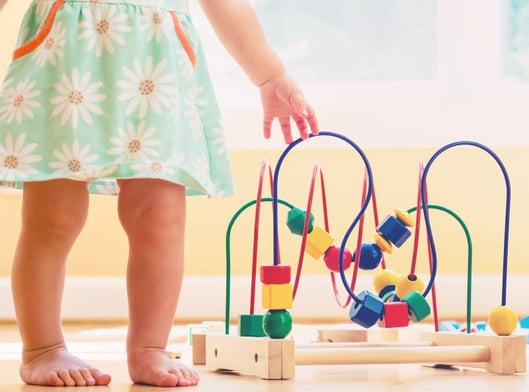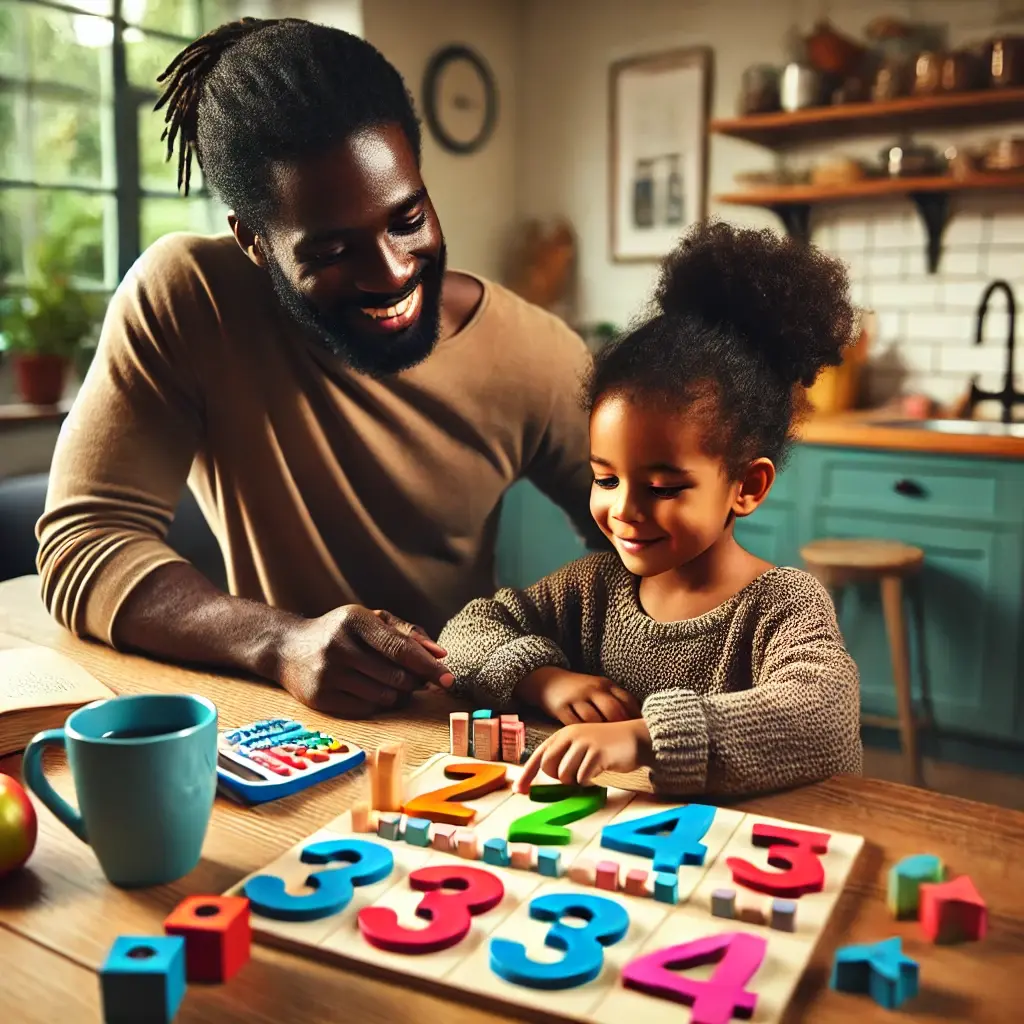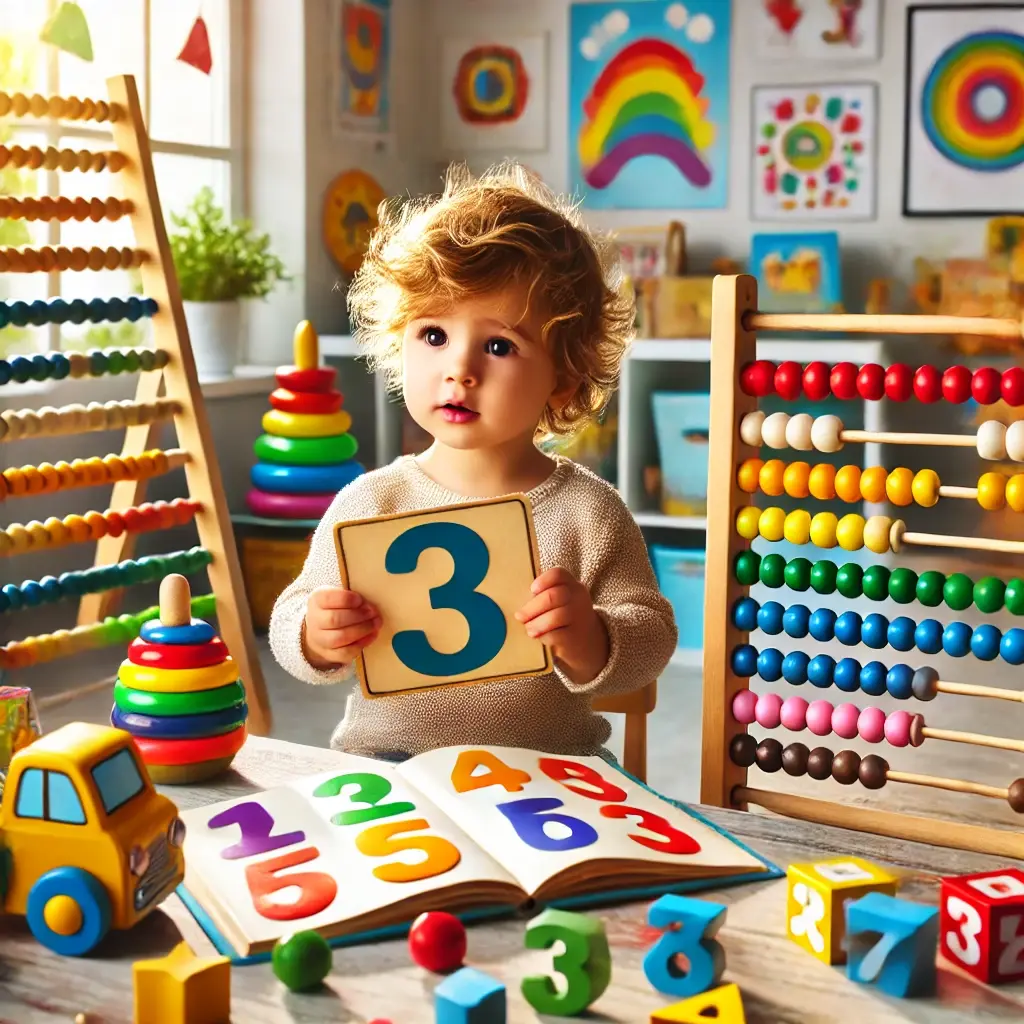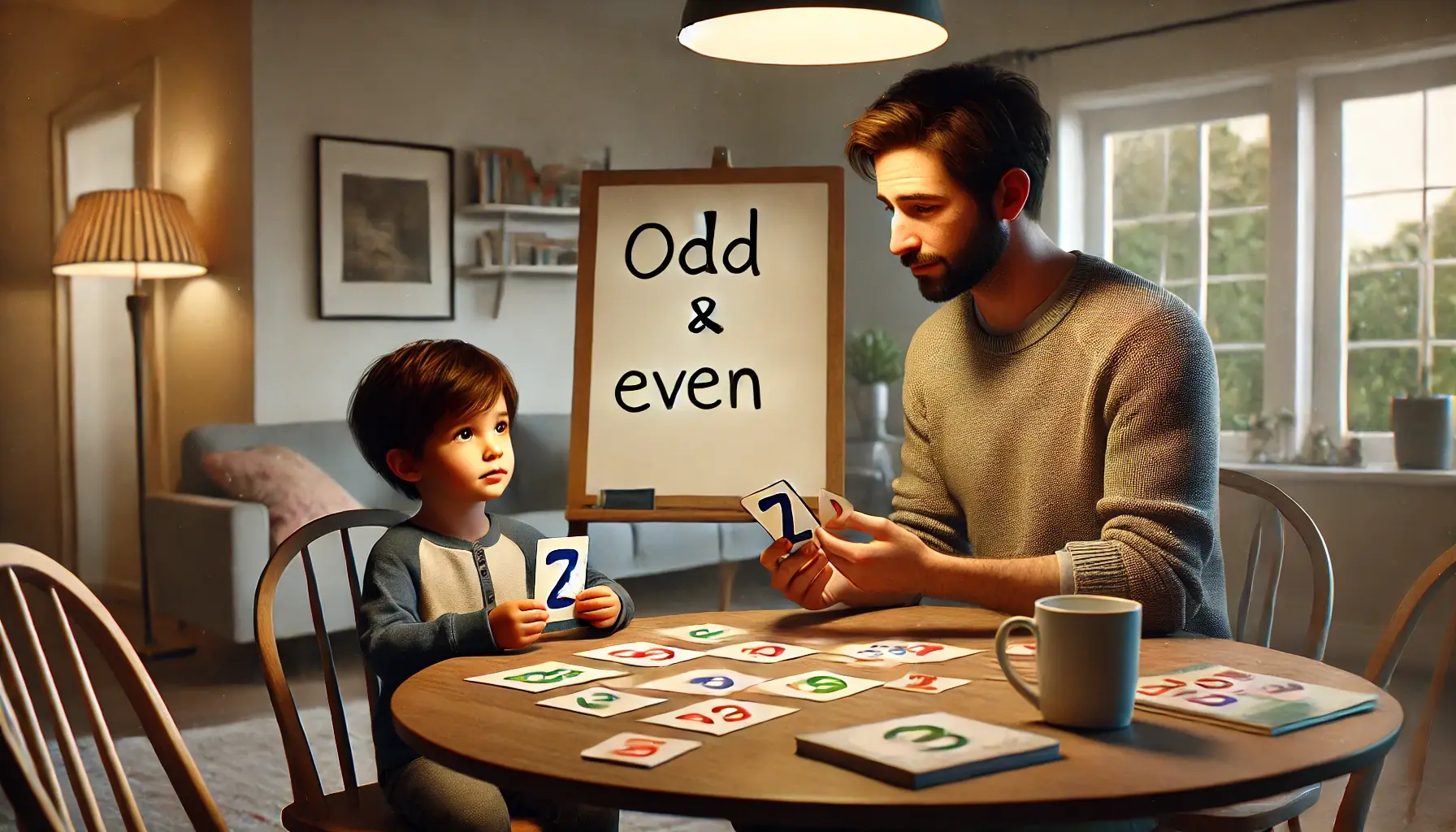
Every parent wants the best for their child, and giving them a bit of a head start is a great way to help your child along the path to success. It’s not always easy to know how to give them this head start, but fortunately, there are some very simple things you can do to encourage your child’s development.
How to give a child a head start
Reading to your child is a great way to get them used to the way language works. Reading the same book frequently allows your child to participate and start to recognize certain words or parts of the story, since kids learn well through repetition. Including books with stories they love or silly rhymes will help your child listen for the parts they already know. Follow the words with your finger as you read to help them keep track of where you are on the page and connect symbols to sounds.
Incorporate counting and patterns into routines. Counting the amount of crackers in a snack or how many blocks they are playing helps your child get used to numbers. As they get older, you can incorporate some simple math as well. Saying things like “We frosted five cupcakes, and then we ate two, so now there are three cupcakes left,” will allow your child to get used to math concepts like adding and subtracting without even knowing it.
Singing songs and nursery rhymes with your child will allow their brain to process language differently than hearing words spoken normally. Words sound different when they are sung compared to when they are spoken, which means children will be actively listening, instead of passively. This can even include saying words in a silly way and having your child tell you the correct pronunciation.
Teach your child some sign language. Studies have shown that learning sign language at an early age helps with language skills until at least 2nd grade. Sign language gives very small children more opportunities to express themselves, and as they get older, can help with connecting signs to letters and words. It can also help the child understand basic sentence structure at a young age. Learning to sign has been shown to help kids learn the alphabet, and students who learn sign language have larger vocabularies than students who don’t.
Incorporating even one of these suggestions into your child’s life can help to give them a great head start for school. Remember to keep your expectations realistic for your child’s age, and have as much fun as possible while adding some of these things to your day.





